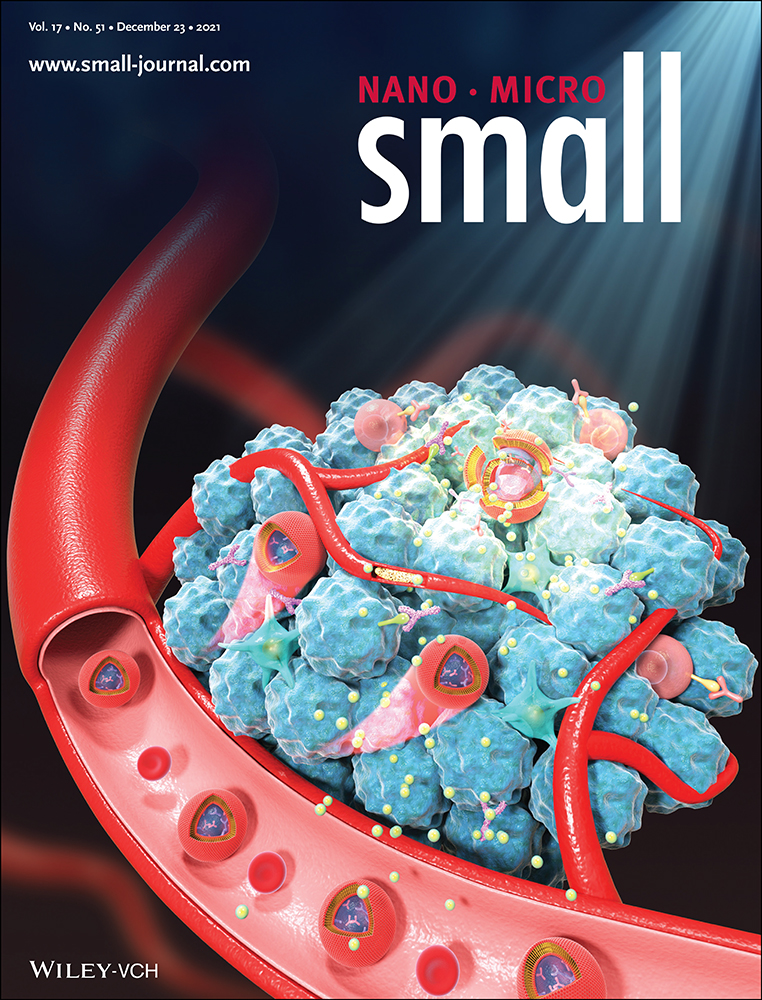Magnetic Relaxation Switching Immunoassay Based on Hydrogen Peroxide-Mediated Assembly of Ag@Au–Fe3O4 Nanoprobe for Detection of Aflatoxin B1
Abstract
Magnetic relaxation switching (MRS) sensors have shown great potential in food safety monitoring due to their high signal-to-noise ratio and simplicity, but they often suffer from insufficient sensitivity and stability due to the lack of excellent magnetic nanoprobes. Herein, dumbbell-like Au–Fe3O4 nanoparticles are designed as magnetic nanoprobes for developing an aflatoxin B1-MRS immunosensor. The Fe3O4 portion in the Au–Fe3O4 nanoparticles functions as the magnetic probe to provide transverse relaxation signals, while the Au segments serve as a bridge to grow Ag shell and assemble the Au–Fe3O4 nanoparticles, thus modulating transverse relaxation time of surrounding water molecular. The formation of Ag@Au–Fe3O4 is triggered by hydrogen peroxide. After degraded by horseradish peroxidase, hydrogen peroxide reduces Ag+ to Ag nanoparticles which assemble dispersed Au–Fe3O4 to aggregated Ag@Au–Fe3O4, thus dramatically improving the sensitivity of traditional MRS sensor. Combined with competitive immunoreaction, this Ag@Au–Fe3O4–MRS immunosensor can detect aflatoxin B1 with a high sensitivity (3.81 pg mL−1), which improved about 21 folds and 9 folds than those of enzyme-linked immunosorbent assay and high-performance liquid chromatography (HPLC), respectively. The good consistency with HPLC in real samples detection indicates the good accuracy of this immunosensor. This Ag@Au–Fe3O4–MRS immunosensor offers an attractive tool for detection of harmful substances.
Conflict of Interest
The authors declare no conflict of interest.
Open Research
Data Availability Statement
Research data are not shared.




